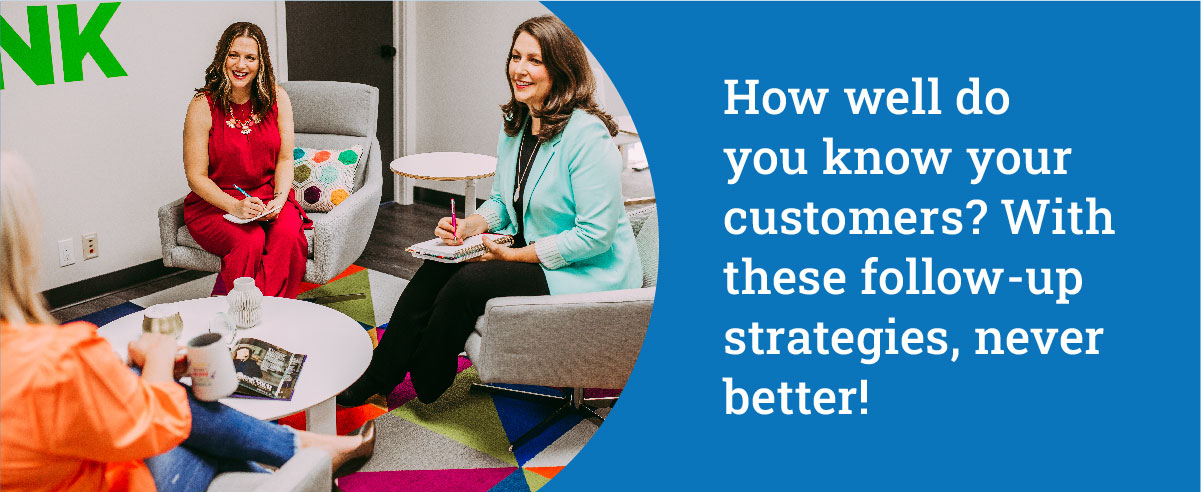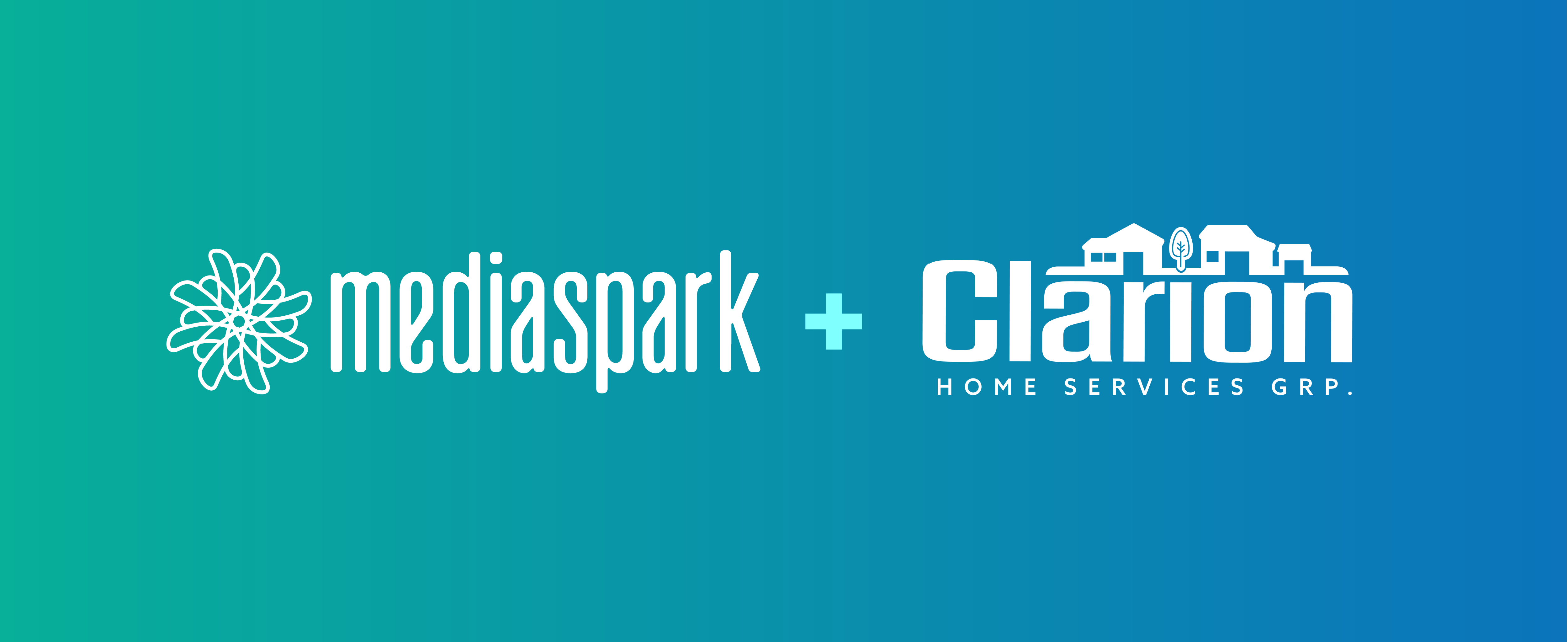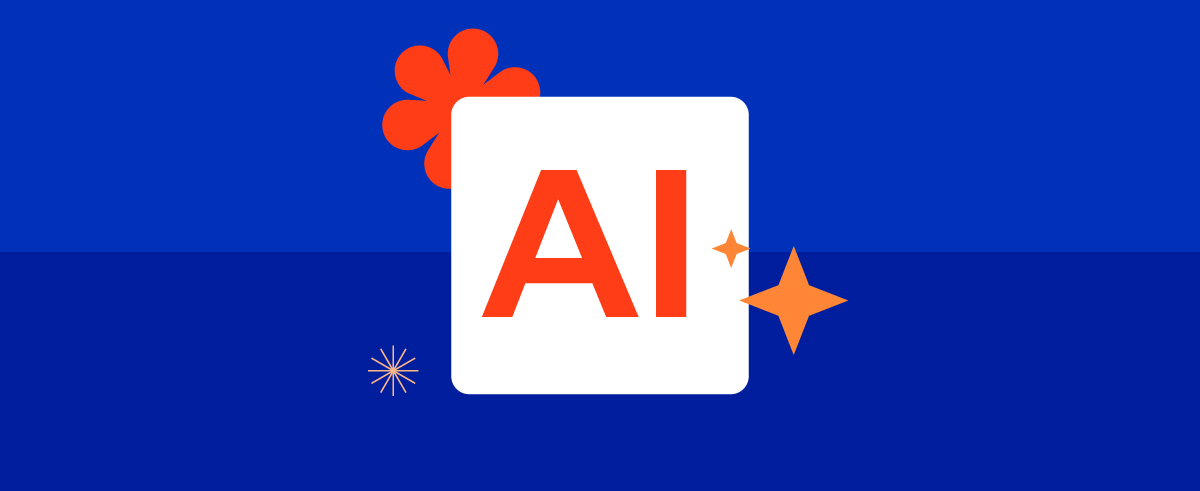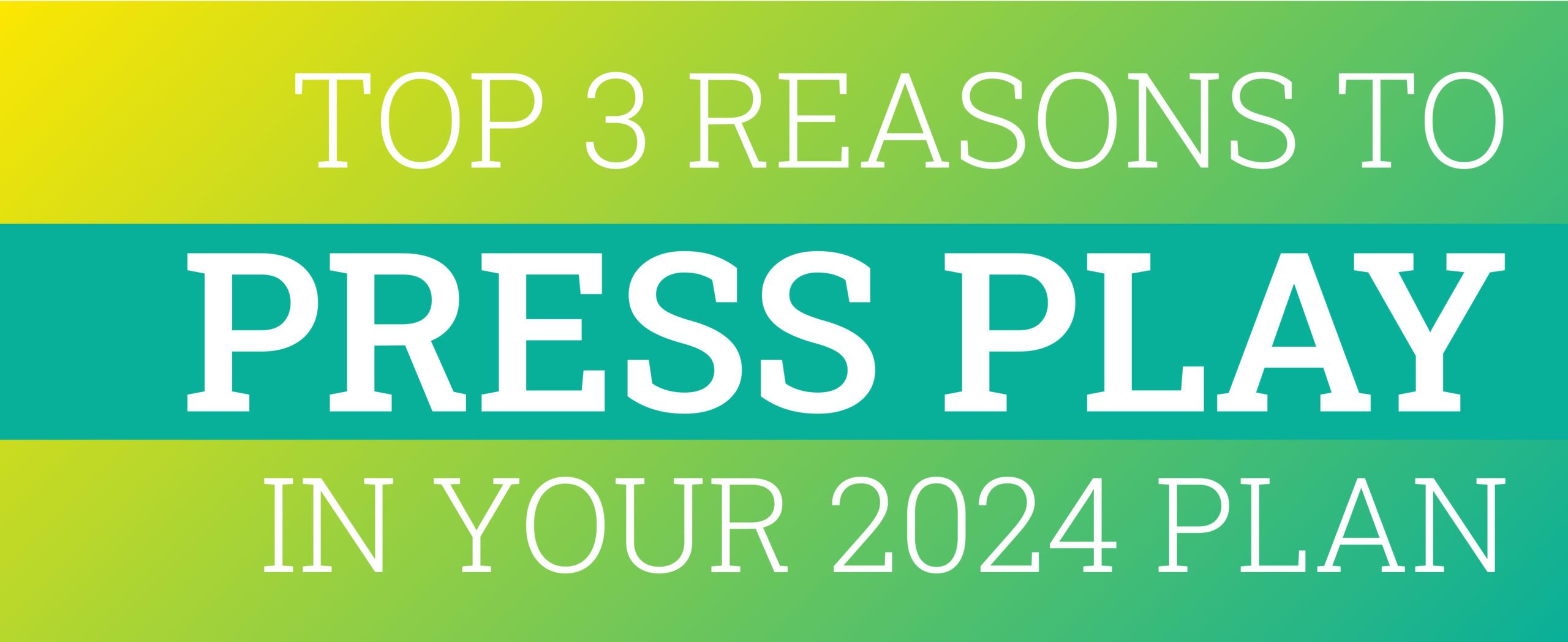A consistent follow-up strategy is critical to the success of any business, no matter the size, industry, or clientele. But when you’re in the middle of peak season, a product launch, or just dealing with staffing shortages, follow-ups tend to be the first habit that flies out the window. Goodbye business strategy, hello crisis management! Feel familiar?
But laxing on your follow-up strategy might be hurting you more than you think. In fact, by skipping that call, email, or survey, you might be missing out on a rich source of customer information that goes deeper than data ever can. Today, we’re making a case for why follow ups should be among your top priorities, not your last.
How a consistent follow-up strategy strengthens your business
Asking for feedback at various points of the customer journey gives you greater insight into areas of friction. By asking questions, you may identify a step in your sales process that confuses or drives away valuable business.
When you reach out to your customers at varying intervals after you’ve made a sale, you’ll also have a better understanding of how your customers actually use your product. If there’s an issue, better to find out through a one-on-one follow-up email or survey than through a 1-star review! Plus, by asking your customers what they want and need, you might just catch onto a market trend or opportunity before it becomes widely known.
Even following up with customers who haven’t made a purchase helps your business. You can learn how your brand ranks against competitors, what customer needs you might be failing to address, and why lost customers chose another option.
When should you follow up with customers?
The best time to ask for customer feedback really depends on what you’re hoping to learn. If you want to develop new products, talk to both existing customers and those that haven’t made a purchase. Pre-sale and at least a few weeks post-sale are good times for product development questions.
If you’re hoping to learn why a customer didn’t purchase from you, a few days after an abandoned cart or canceled appointment is a smart timeline for a follow-up poll or survey.
Wondering how happy customers are with their shopping experience, your website, or your customer service team? Ask right after the engagement. The sooner the better, while the experience is fresh on their minds.
What’s the best way to follow up?
There are a variety of follow-up options businesses can use to gather valuable customer feedback. To get the most honest and detailed answers, look no further than good old fashioned personalized emails and phone calls. These one-on-one interactions work well in situations where each customer or client has a go-to sales rep.
Surveys are one of the most-used feedback tools because they’re versatile and the results are easy to quantify. Many survey programs are also fairly inexpensive to set up. The survey link can be sent via email or text, posted to social media, or included as a pop-up on your website. You can also create different surveys for every point in the customer journey to get a bird’s eye view of your customers’ experience.
You can also follow up with your target market by launching a poll or posting a quick question on social media. Boost the post to reach a wider audience of potential customers, or keep it organic to reach more of your existing loyal customers.
No matter how you choose to follow up, the insights you gather are invaluable. The better you know your customer, the easier it is to find more of them!
If you’re down to follow up but don’t know where to start, Contact us! There’s nothing we love more than turning customer insights into a successful strategy for growth.





